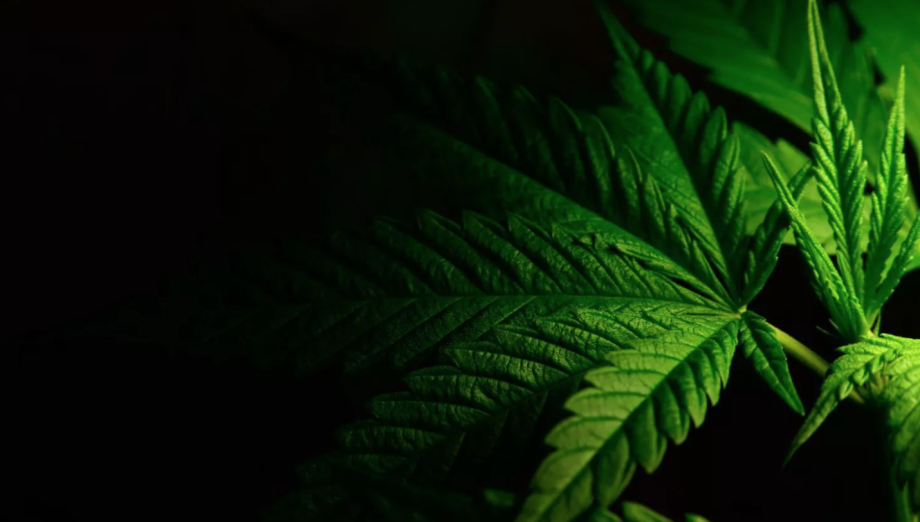2022 Wedding Hair Trends
During the coronavirus pandemic, people spent more time online than ever before. TikTok has opened up people’s eyes to the world of beauty—specifically the world of hair. More people are finding inspiration online, giving rise to new popular hairstyles, cuts, and colors. Whether you’re in the market for a fashion-forward cut or you just want fresh fringe ideas, we rounded up nine wedding hair trends for 2022 that you need to know about. As we head into the new year, there’s a new focus on intricate braids, low-maintenance colors, and nostalgic cuts from the ’90s and ’80s. (All of which would look incredible on your wedding day.)
Scroll through the biggest wedding hair trends of 2022 to find your favorite, and then set up a call with your wedding hairstylist to test it out. You can either visit a salon in person or set up a video consultation—whatever feels most comfortable to you. As we head into the new year, there’s no better time to try a new hair look (we see you eyeing that mullet). See the pros’ hair predictions for next year, below.
Half-Up Braids & Beach Waves
This viral look is all over TikTok, which is why celebrity hairstylist Sarah Potempa predicts it’ll be everywhere in 2022. “With #hairtok and #hairreels, the inspiration for the braiding details are so accessible to brides,” she says. Wondering how to get beach waves? “Use a smaller curling iron than you think,” Potempa advises. “Straight hair that long tends to fall fast—you want your curls to last all day.” She recommends using a one-inch curling iron (like the Beachwaver Pro 1) for loose curls.
Then, get creative with the braids. Try boho fishtail braids, classic Dutch braids, or retro bubble braids. If your hair tends to fall flat, Potempa recommends asking your hairstylist to add layers to your hair. “Layers will help add more volume into the look you’re going for,” she explains. “If your hair is fine, you can also add human hair extensions to balance out the braided top section.” Pin the braids into a half-up, half-down style, and you’re done.
Natural Texture
Because of the coronavirus pandemic, people visited salons less frequently and embraced their natural texture. As a result, celebrity hairstylist Kiyah Wright says people are gravitating towards low-maintenance hairstyles for their big day. “People are looking for styles that are easy to maintain,” she says. “A lot of women of color are cutting out their relaxers and going natural.” If you’re rocking your natural texture, Wright recommends using some kind of nourishing hair oil (like Pantene’s Gold Series biotin and kukui nut oil) to keep the hair healthy and happy. “It hydrates the hair, helps reduce hair breakage and makes [your hair] stronger—especially for newbies going natural.”
Potempa adds that prepping your hair while it’s wet makes all the difference. Use a t-shirt towel post-shower to reduce frizz and breakage, add in your products and then diffuse with a blow dryer. Her tip? “Make sure you practice how to part your hair,” she says. “Sometimes with curls, a really great side part can make all the difference.” The best part about rocking your texture is the endless ways you can style it. “Enhancing your natural hair with a veil, flower crown, scarf, bun or top knot is stunning.” Another headpiece option we love? A gorgeous wedding headband.
Bubble Braids
The early 2000s called, and TikTok answered. Bubble braids are everywhere—on runways, on social media, and, next year, in weddings. This fun trend is perfect for any to-be-wed looking for a unique day-of ‘do. They’re equal parts playful and elegant—and they’re extremely easy to achieve. Potempa says these braids are particularly great for to-be-weds with thick hair, as clear elastics can typically hold more hair than bobby pins. Create small bubble braids on the sides of your face for a nostalgic look or ask your stylist for a bubble braid ponytail to achieve supermodel status.
Shags
Calling all Friends fans. The moment you’ve been waiting for is finally here: The shag is officially back. The style, popularized by Jennifer Anniston on the hit sitcom, was huge in 2021 and will continue to be popular in 2022. “The shag gives you tons of movement and volume at the crown with airy texture around the edges,” says Ryan Richman, celebrity stylist. He adds that this style plays well with any hair type—from straight to wavy or curly. “The Rachel” is the most popular version of this style, but feel free to make it your own. Rock straight-across bangs or your naturally curly hair for your own spin on this ’90s-inspired ‘do. Psst: This style works especially well for to-be-weds with short hair.
Down Styles
“Wearing your hair down is going to be a huge trend as it feels relaxed, confident, and free,” Potempa says. “From old-Hollywood glam waves to a middle-parted beach wave, this is a beautiful way to wear your hair—especially if you’re someone who also wears your hair down.” To achieve a perfect down style, start with fresh, clean hair (Potempa says oils from your scalp can weigh down your locks) and create a clean center part or side part. Next, get a voluminous blowout, lifting at the root while over-directing the hair (read: blow-drying in the opposite direction). Want more volume? Add in clip-in extensions. “For old-Hollywood glamour, create a strong side part by following the arch of the eyebrow,” Potempa says. “Use [a one-inch curling iron] and roll each section under and secure with pins.” Allow the curls to cool, and release. Turn them into waves by brushing through the curls once they’ve completely cooled off.
Modern Mullets
Simple Updos
Does another simple style Richman expect to see everywhere this year? Simple updos, like a casual low bun (like this one on Alicia Keys) or a modern French twist. We love these ‘dos because they look like they require a lot of effort and time—when in reality they’re easy to achieve. Additionally, they’ll keep your hair out of your face (and you won’t have to worry about any rogue bobby pins falling out during the ceremony or reception).
Dark Chocolate Hair
Feeling like you could use a reset after 2020 and 2021? This wedding hair trend is for you. Potempa says dark chocolate hair with rich caramel ombre is going to be extremely popular in 2022—especially after this long, hot summer. “Dark chocolate is the perfect rich, healthy looking color,” she says. “The highlights or balayage technique are heavier on the bottom with a ‘money piece’ in the front to add a pop of color and brightness.” Potempa adds that prepping your hair for coloring is key in getting a vibrant, healthy mane. “The new year is the perfect time to restructure, re-bond, and restore your hair.” Use Beachwaver’s Stay Strong Reparative Kit or Olaplex’s bond-building line.
Shadow Roots
Post-COVID, low-maintenance hair colors are everywhere—like shadow roots, which Potempa says will be big in 2022. “Shadow roots are cool because it allows you to blend the root with the color of the hair and allows you to grow your hair out longer,” she says. “It’s a natural sun-kissed look.” Keep any brassiness and dullness at bay by using a purple shampoo and conditioner.
Regency-Inspired Hair Accessories
Given all the wedding dress and wedding decor inspo Brigerton has given us, it’s not surprising the hit series has caused a new hair trend. We predict that regency-inspired hair accessories (think: tiaras, beaded combs, fabric bows and silk flowers) will be everywhere in 2022 thanks to Daphne and the other members of the Ton. Word to the wise, Dear Reader: If you’re planning on wearing a Bridgerton-inspired hairpiece, make sure you tell your stylist in advance. That way, they’ll be fully prepared to create the hairstyle of your dreams. You’ll be shining like the diamond of the season—we guarantee it.
Learn about Alpine Spa’s hair treatments here.
“2022 Wedding Hair Trends”



